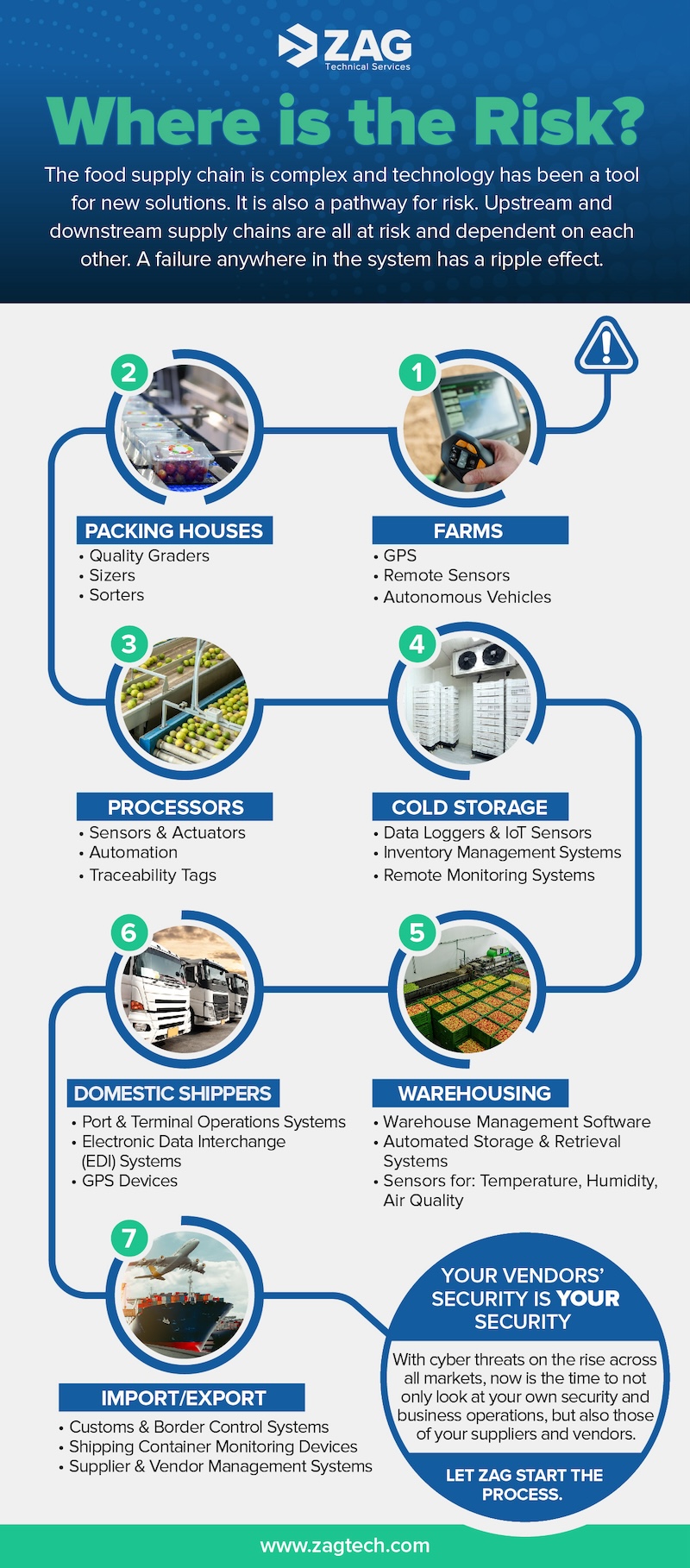The Impact of Technology on Food Supply Chain Risk
Getting food from the farm to the table is a complex process that relies heavily on technology. While technology has revolutionized the way we produce and distribute food, it has also introduced new risks that can disrupt the entire supply chain. Recent incidents like ransomware attacks on major food companies have highlighted the vulnerabilities that exist at every stage of the supply chain.
One such example is the ransomware attack on Dole’s North American operations, which resulted in empty supermarket shelves due to the disruption in production. Similarly, Americold faced challenges in assigning trucks to its warehouse doors following a cyberattack, causing delays in shipment and delivery.
Assessing and managing supply chain risk is crucial to ensuring that food reaches consumers without any disruptions. Understanding the potential impact of cyber threats on each stage of the supply chain is essential for mitigating risks effectively.
The Hidden Risks in the Food Supply Chain
Consumers often overlook the various segments of the food supply chain that are critical in bringing food from farms to tables. Each segment, from packers to warehouses to logistics and transport, plays a vital role in ensuring a smooth flow of products.
Upstream and downstream supply chain risks can have a direct impact on business operations. For instance, when a port shuts down, the shipment of goods in and out of a country halts, affecting the availability of food products. Similarly, a ransomware attack on a major meat supplier like JBS can disrupt the entire supply chain, leading to widespread shortages and unfulfilled orders.
Understanding Supply Chain Risk

Supply chain risk management is a critical aspect of ensuring a reliable and efficient flow of food products from producers to consumers. By identifying potential vulnerabilities and implementing robust cybersecurity measures, companies can safeguard their operations against cyber threats and disruptions.
It is essential for businesses in the food industry to stay vigilant and proactive in addressing supply chain risks to maintain a steady supply of food products to meet consumer demands.
About Supply Chain Risk Management



